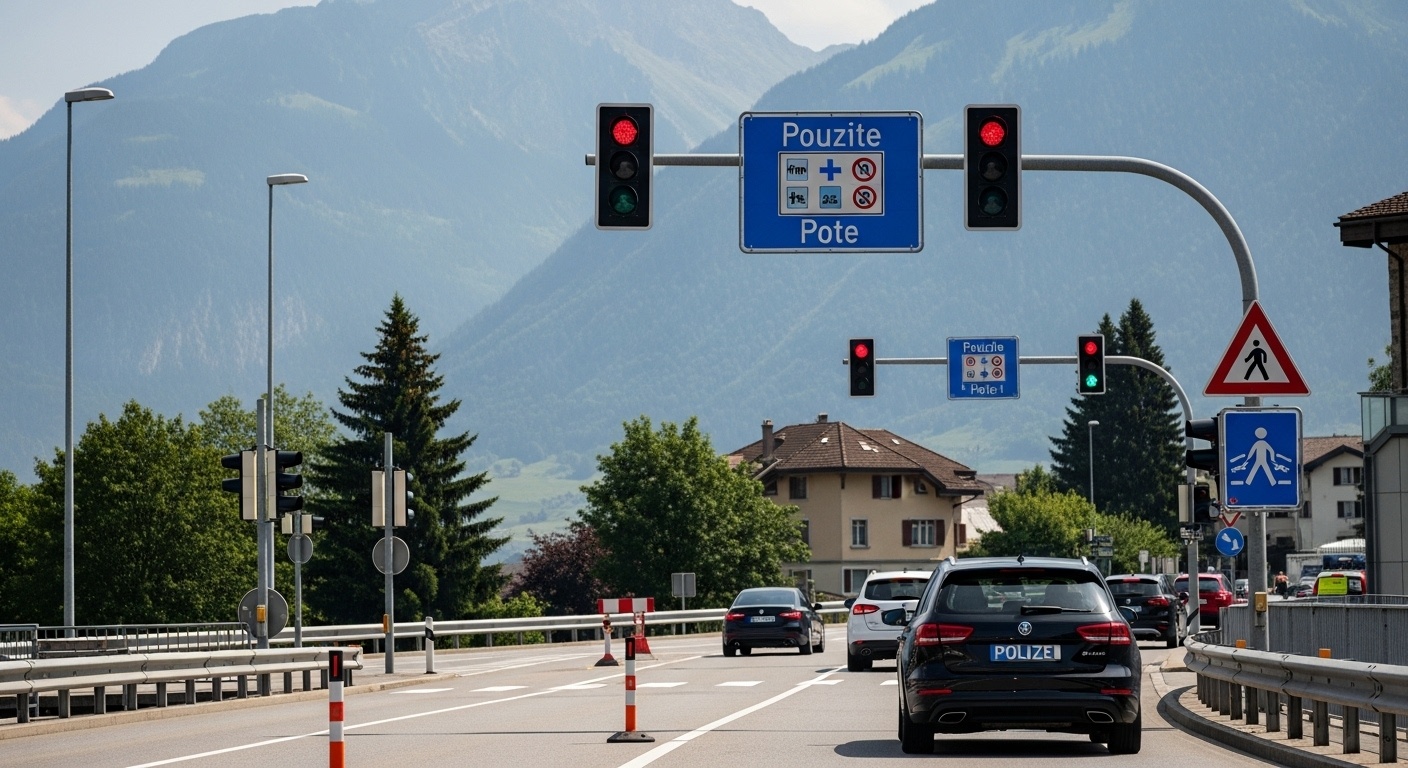The picturesque Switzerland, renowned for its chocolate and punctual trains, is not only a dream destination for tourists but also an exciting terrain for drivers. Here, driving regulations vary significantly from canton to canton, turning a drive through this diverse nation into a true adventure. Imagine driving from Zurich to Geneva and suddenly having to adapt to different speed limits or parking regulations. Let us delve into the fascinating differences in cantonal driving regulations and discover how they might impact your daily life.
Speed Limits and Their Nuances
In Switzerland, speed limits are not merely numbers on a sign. Each canton can make its own adjustments, leading to interesting scenarios in practice. For instance, while typically 50 km/h is allowed in urban areas in Zurich, the canton of Aargau has restricted the speed to 30 km/h in certain areas to enhance safety and reduce noise. This flexibility in regulation allows local authorities to address specific traffic issues and environmental concerns.
These differences are not just a matter of local legislation but also reflect the cultural and geographical realities of the cantons. In mountainous areas, such as the canton of Graubünden, lower speed limits are often prescribed on winding mountain roads to ensure safety. Therefore, it is advisable to keep an eye on the specific speed limits of your destination canton before each journey.
Parking Facilities: From Parking Garages to Mountain Meadows
Parking in Switzerland can be a true art, depending on the region. In urban areas like Zurich or Geneva, parking spaces are scarce and expensive. It is not uncommon to pay up to 5 CHF per hour for a parking spot in the city center. The canton of Ticino, on the other hand, often offers free parking in smaller communities, which can be a real blessing for your travel budget.
Another highlight is the canton of Vaud, where in many mountain villages, you can park for free on specially designated areas. However, caution is advised: in tourist hotspots like Lake Geneva, prices can skyrocket during the high season. To avoid unpleasant surprises, it is recommended to research the best parking options in advance using parking apps or cantonal websites.
Special Regulations for Mountain Driving
Another fascinating topic is driving in the mountains. In regions like the canton of Valais, not only are the road conditions more challenging, but so are the traffic rules. Many routes require snow chains, which may be mandatory not only in winter but also in colder months like April or October. Knowing how to correctly use snow chains is essential in these areas to ensure both your own safety and that of other road users.
Additionally, special braking regulations for heavy vehicles on downhill slopes must be observed. Lack of knowledge or disregard for these regulations can lead not only to dangerous situations but also to hefty fines. If you are planning a mountain drive in the beautiful Bernese Oberland or the Engadin, you should familiarize yourself well with the cantonal regulations.
The Role of Vehicle Inspection and Cantonal Differences
A regular annoyance for many drivers in Switzerland is the vehicle inspection (MFK). However, not every canton is equally strict. In Zurich, for example, inspections are known to be thorough and stringent, leading to higher failure rates. In the canton of Appenzell Ausserrhoden, on the other hand, it is often reported that inspectors are more pragmatic and flexible in evaluating older vehicles.
Interestingly, the timing of the MFK can also vary greatly. While some cantons adhere to a fixed schedule, others allow flexibility in scheduling appointments. This can be a blessing for professionals who rely on a smooth daily routine. Therefore, it is advisable to check the specific regulations in your canton to prepare optimally.
Conclusion
Driving in Switzerland offers a variety of experiences shaped by cantonal regulations. Whether you are driving along the lakeside roads of Geneva or conquering the winding mountain roads of Valais, understanding the local rules is essential. These differences are more than just regulations – they reflect regional distinctions and cultural priorities. It is best to prepare thoroughly, inform yourself about the specific regulations in your travel destination, and enjoy the drive through this beautiful nation. Safe travels!
